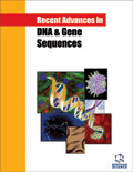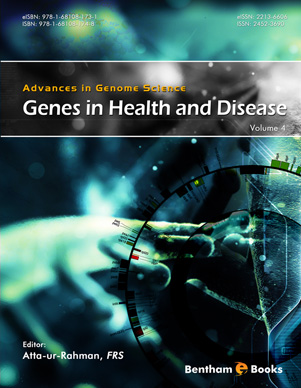Abstract
The information contained into the human genome is the result of a historic process involving all the ancestors of a specific human being and it is a powerful tool for reconstructing human evolution. Key information about human evolutionary history can be robustly assembled from variation of the two haploid segments at uniparental transmission: mitochondrial DNA and Y chromosome. These two genetic systems are not subject to the rearrangement of recombination, and are inherited linearly through generations, having mutation as the only possible source of variation. In particular, the Y chromosome has been extensively studied for the study of human evolution. A major goal of the evolutionary research is not only to elucidate the pathways of the human peopling and the demographic changes that shaped the present populations, but also to date these events. For this aim, the recognition of a correct mutation rate is crucial. Genomic mutation rates can be estimated either by direct observation of mutations in present-day families (de novo mutation rate), by calibrating genetic variation against archaeological/historical records (evolutionary rate), or by using a sequence extracted from ancient human remains of known chronology. In order to test whether the same methodology could give consistent results when applied to different experimental contexts, we applied the evolutionary rate based upon archaeological evidence to two independent sets of data. Despite the striking difference in the absolute value of the substitution rate, the TMRCA of corresponding nodes in the phylogenetic trees obtained from the two databases are remarkably similar.
Keywords: 1000 genome project, Human evolution, Human population genetics, Molecular clock, Mutation rate, Next Generation Sequencing, Phylogenetic trees, Polymorphisms, Sardinian population, Single Nucleotide Y chromosome.





















